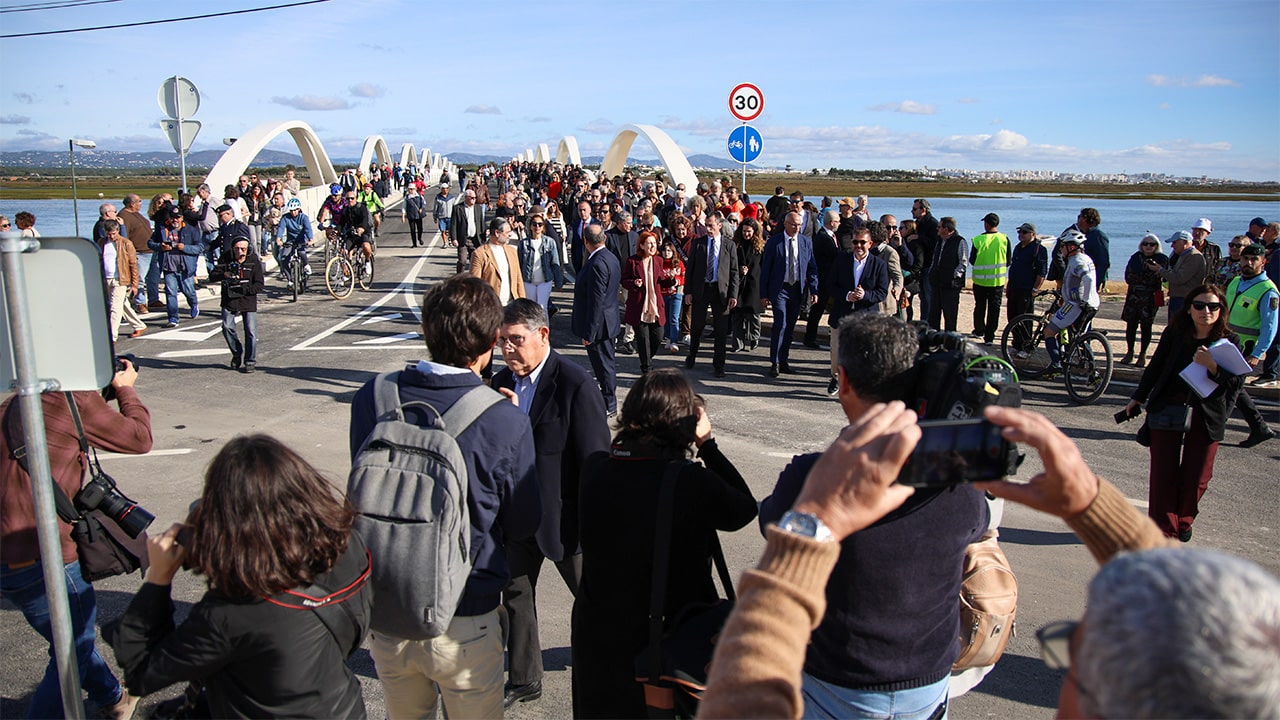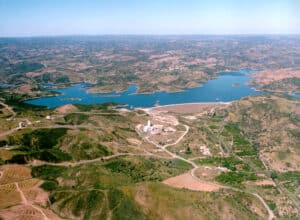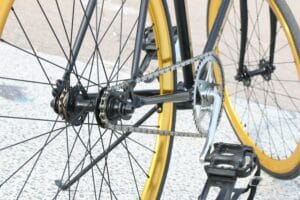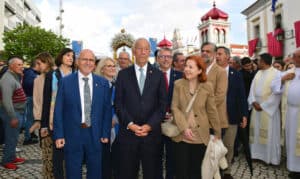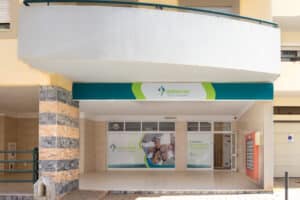New Faro Island bridge hailed as a vital upgrade
Seventeen years after it was first announced, the new two-lane bridge to Faro Island was finally inaugurated on Sunday (January 12).
Marking a new era for the local island community, the bridge’s inauguration was attended by Minister of Environment and Energy, Maria da Graça Carvalho, who presided over the ribbon-cutting ceremony alongside outgoing Faro mayor Rogério Bacalhau.

The new bridge is seen as a vital upgrade for Faro Island (known in Portuguese as Praia de Faro or Ilha de Faro), previously served by a single one-lane bridge which would often bring traffic in and out of the island to a standstill – particularly during the summer.
“Today is a very happy day,” declared Rogério Bacalhau at the ceremony, celebrating the end of a nearly two-decade project which suffered countless setbacks over the years. “This is an emblematic project for our municipality,” he said, adding that the local community, particularly the people of Faro Island, had been patiently waiting for its completion for a long time.
The project’s journey began in 2008 under the auspices of Sociedade Polis Ria Formosa, aiming to replace the aging bridge, which was originally built seven decades ago.
However, the project hit a major roadblock when the first two tender processes to award the construction contract failed. In 2017, the initial tender, with a base value of less than €3 million, did not attract any bidders.

Success only came with the third tender, but by then, the cost had significantly increased. Initially set at around €5 million, the contract’s value rose to €6.5 million after an early revision. Subsequent adjustments to meet environmental requirements and adapt the structure further escalated the cost to over €8 million. These revisions addressed the complex environmental conditions of the Ria Formosa estuary and ensured compliance with safety and sustainability standards, the mayor explained.
The project’s management also shifted following the dissolution of Sociedade Polis Ria Formosa, which saw the responsibility for the bridge’s completion transferred to the municipal council of Faro.
The final cost of the bridge was highlighted by Rogério Bacalhau, who described it as a “particularly impressive sum,” especially considering the council’s delicate financial situation up until a few years ago.
“This was a very complex project, surely the most complex carried out this century in the Algarve,” the mayor said, stressing how it was built in the protected estuary of Ria Formosa, which he said is “surely one of, if not the biggest treasure we have in our territory.”

The new bridge, spanning 180 meters and nearly 11 metres wide, features two lanes for vehicular traffic, a pedestrian path, and a combined pedestrian-cyclist lane. While it will significantly improve the flow of traffic in and out of the island, the new bridge will also allow heavy emergency vehicles to access the island, which was previously impossible as heavy vehicles weren’t allowed on the old bridge. The new pedestrian-cyclist lane will also make access to the island “much safer” for the “growing number of people who choose to visit the island on foot or on a bicycle”, Bacalhau stated.
Despite some unfinished details, like the installation of LED lighting that is still underway, the new bridge opened immediately to traffic after the ribbon-cutting ceremony.

For Rogério Bacalhau, the opening of the new bridge was also an especially important moment, as it marked his last official inauguration as mayor of Faro before taking the top job at regional water company Águas do Algarve.
“This new bridge is an emblematic project and, in a way, a mark for the future. It is perhaps one of the most iconic (projects) – alongside the renovations at Jardim da Alameda and Jardim da Mata or the construction of the new kennel – but it is surely the project that represented the largest investment out of the many hundreds of projects that we concluded throughout these last 12 years of work in the municipality of Faro,” the mayor said.
The complexity of the project was also highlighted by minister Maria da Graça Carvalho, who spoke of the improved earthquake safety of the bridge, which involved constructing very deep foundations (piles) to anchor the bridge securely.
“It was a bridge which took a lot of time, was badly needed by the local population, and which will be very important to the people of Faro and the entire Algarve,” said the minister. “It’s a beautiful bridge which will provide more accessibility,” she added.
The inauguration ceremony was also attended by other national and regional leaders, including José Apolinário, president of the regional development commission (CCDR Algarve); António Pina, president of the Algarve municipalities’ association (AMAL); Alberto Mota Borges, manager of Faro Airport; and Pimenta Machado, president of the board of directors at the Portuguese environmental agency (APA).

